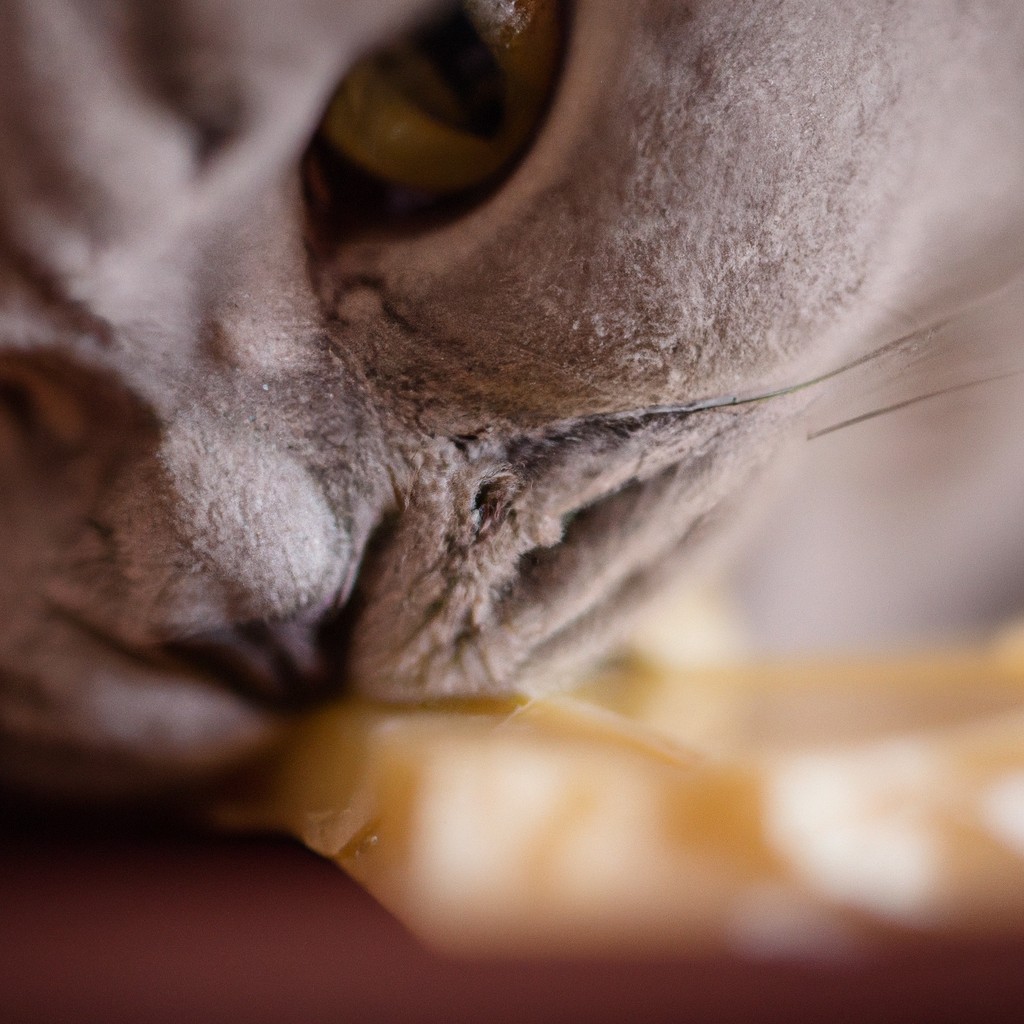Understanding the risks of chocolate to felines is critical for pet safety; this article elucidates the toxic levels of chocolate for cats and how to respond to accidental ingestion.
Key takeaways:
- Chocolate contains theobromine and caffeine, which are toxic to cats.
- Even small amounts of chocolate can cause vomiting, diarrhea, and seizures in cats.
- Dark chocolate and baking chocolate are particularly dangerous for cats.
- The amount of chocolate that is toxic to a cat depends on their size.
- If your cat ingests chocolate, seek immediate veterinary care.
Inside
Why Is Chocolate Bad for Cats?

Theobromine and caffeine are the primary toxic compounds found in chocolate that pose a threat to cats. Unlike humans, cats have a slower metabolic rate for these stimulants, leading to a buildup that can affect the nervous system and heart.
While humans can easily metabolize theobromine, cats process it much more slowly, allowing it to reach toxic levels in their body. Additionally, cats lack a sweet taste receptor and may not be drawn to chocolate as humans are, but accidental ingestion can occur, especially with curious felines or if chocolate is left accessible.
Even small amounts of chocolate can cause vomiting, diarrhea, rapid breathing, increased heart rate, and seizures in cats. Dark chocolate and unsweetened baking chocolate, which contain higher levels of theobromine, are particularly dangerous.
Signs of Chocolate Toxicity in a Cat
Upon ingestion of chocolate, a cat may exhibit several distress signals. Initial signs of toxicity include vomiting and diarrhea, symptoms that typically manifest soon after consumption. As the situation escalates, a cat might suffer from tremors, seizures, irregular heart rhythms, and hyperactivity. Extremely high doses can lead to a life-threatening condition known as theobromine poisoning, characterized by rapid breathing, muscle rigidity, and even heart failure. It is crucial to monitor for any unusual behavior post-ingestion and consult a veterinarian immediately should these symptoms appear.
How Much Chocolate Is Bad for Cats?
The toxicity of chocolate to cats is determined by the type of chocolate and the size of your cat. Theobromine, the toxic component of chocolate, varies in concentration across different kinds:
- White Chocolate: Minimal theobromine, posing the least risk. Still unhealthy for cats.
- Milk Chocolate: Contains more theobromine, potentially harmful in greater quantities.
- Dark Chocolate and Baking Chocolate: High levels of theobromine make these types particularly dangerous.
A critical point to remember is a cat’s size affects how much chocolate can be toxic. As little as 20 milligrams of theobromine per pound of body weight can have an adverse effect, which equates to roughly 0.2 ounces of milk chocolate for an average-sized cat.
For dark chocolate, the amount could be as little as 0.1 ounces. Considering how small and sensitive cats are, it’s crucial to keep all forms of chocolate out of their reach.
Treatment of Chocolate Toxicity in Cats
If you suspect your cat has ingested chocolate, immediate veterinary care is critical. Your vet may induce vomiting or administer activated charcoal to prevent further absorption of the toxins.
Intravenous fluids may be necessary to help with hydration and to promote renal elimination of the theobromine. Medication might be provided to control symptoms such as seizures or irregular heart rhythms.
Continuous monitoring for secondary complications is also a key aspect of care. Remember, fast and appropriate action can significantly improve your cat’s chances of recovery.
Preventing Chocolate Poisoning in Cats
Secure all chocolate in cat-proof containers or high cabinets out of your cat’s reach. Educate family and house guests about the dangers of feeding chocolate to kitties.
Consider cat-proofing kitchen and dining areas to prevent accidental access. Establish a separate area for your cat during family events or gatherings where chocolate might be accessible.
Monitor your cat closely and ensure they don’t have access to trash bins where chocolate or chocolate-containing wrappers might be discarded. Keep a close eye on countertops and tables during baking or holiday festivities, when chocolate is more prevalent in the home.
Stay vigilant during holidays such as Easter, Halloween, Christmas, and any occasion where chocolate is more commonly found around the house. In case of accidental ingestion, keep the contact information for your veterinarian or an emergency veterinary clinic handy, along with the number for the Animal Poison Control Center.




